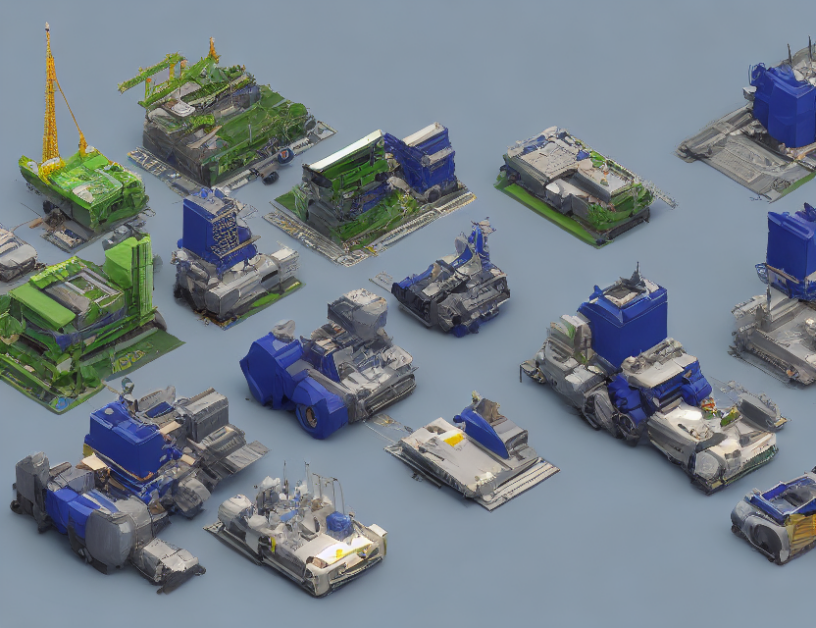Dynamic neural networks are a class of machine learning models that have gained significant attention in recent years due to their ability to adapt and optimize their computational resources based on the input they receive. This survey provides an overview of the current state of dynamic neural networks, including their types, applications, and challenges.
Types of Dynamic Neural Networks
There are several types of dynamic neural networks, each with its unique characteristics and advantages. Some of the most common types include:
- Token dropping: This approach involves dynamically allocating computation resources to different tokens in a sequence based on their relevance to the task at hand.
- Mixture-of-experts: In this approach, specific parts of a model are replaced by a block-wise architecture and routing module that selectively activate specific blocks for each token.
- Dynamic resolution networks: These networks adapt their resolution based on the input they receive, allowing them to capture more or less detail as needed.
Applications
Dynamic neural networks have numerous applications in computer vision, natural language processing, and other areas of machine learning. They are particularly useful in tasks where the input data is complex or varying, such as image recognition, speech recognition, and language translation.
Challenges
Despite their advantages, dynamic neural networks also face several challenges that must be addressed to achieve optimal performance. Some of these challenges include:
- Token selection: Choosing which tokens to use in a given task can be challenging, as some tokens may be redundant or irrelevant.
- Computational complexity: Dynamic neural networks can have higher computational complexity than fixed networks, which can make them less efficient in some cases.
- Training and optimization: Training dynamic neural networks can be more difficult due to their adaptive nature, which can require specialized optimization algorithms and careful hyperparameter tuning.
Conclusion
Dynamic neural networks are a powerful tool for machine learning tasks that involve complex or varying input data. By adaptively allocating computation resources based on the input, these models can achieve better performance and efficiency than fixed networks. While there are challenges associated with using dynamic neural networks, advances in research and development are helping to overcome these challenges and expand their applications in various fields.



